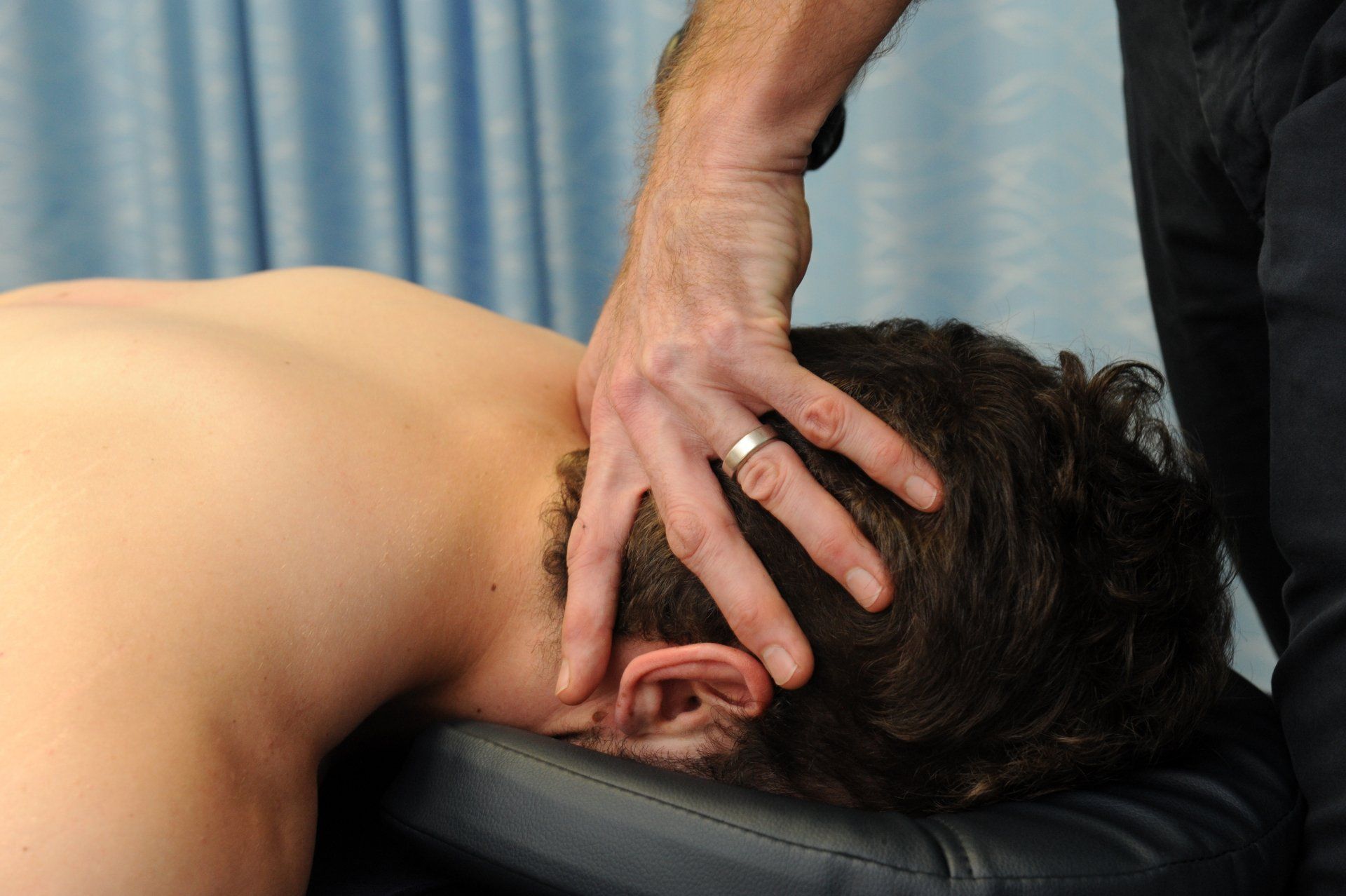Benign Paroxysmal Positional Vertigo
BPPV is a common, treatable, cause of dizziness.

Imagine you roll over in bed, stand up from a chair, or turn to look behind you, and suddenly you feel that the room is spinning around you. It feels like the whole world is moving, or you’re moving even though you know you are not. You might feel sick or even throw up.
This feeling is called vertigo, which is the sensation of motion of either yourself or your surroundings in the absence of true motion.
Vertigo is a symptom of a number of different conditions. But the most common cause is Benign Paroxysmal Positional Vertigo, referred to as BPPV.
A little bit of anatomy
BPPV occurs due to a problem with the vestibular system of your inner ear. So, to understand why it occurs it helps to understand how this system normally functions.
The vestibular system is found in the inner ear and is made up of three semi-circular canals and two otolith organs. The job of the whole system is to monitor the movement of your head. The semi-circular canals monitor rotation (nodding and shaking your head), and the otolith organs monitor movement in a straight line (like stopping suddenly on your bike).
Messages from the vestibular system are sent along the vestibular nerve to your brain, where they help to
coordinate movement of your eyes and to maintain balance.
In BPPV, fluid within the canals forms crystals called otoconia. These crystals disturb the normal messages sent to the brain, which causes vertigo.
Who gets it?
About 1 in 50 people will experience BPPV over their lifetime. It is more common in women than men, especially between the ages of 50-70. Although it is not caused by a serious medical condition, the symptoms can reduce quality of life and lead to harmful falls.
It is not known why BPPV occurs but having osteoporosis or a recent head trauma are risk factors.
Diagnosing BPPV
Diagnosis of BPPV is a clinical diagnosis which means there is no scan or blood test. Your physiotherapist will listen carefully as you describe your symptoms. Typically, vertigo caused by BPPV is related to movement of the head and lasts less than two minutes.
Your physio will assess your eye movements, ask you to move between positions to check for symptoms, and perform specific movement tests which have high accuracy for making a BPPV diagnosis.
Treatment
Luckily there are very effective treatments for BPPV. Carefully moving through a sequence of positions can clear out the crystals in the canal. These techniques can significantly improve symptoms the first time they are completed, but sometimes need to be repeated, and it is important that they are done correctly. Depending on your problem you may also be prescribed exercises to help improve your balance.
Many people with BPPV can have complete resolution of symptoms within 1-2 visits. For some, it may take longer.
Take home Advice
BPPV can cause serious symptoms and lead to harmful falls. It is caused by crystal formation within the inner ear and mostly affects people in their 50s-70s. It is important to have vertigo assessed by a qualified health professional as there are multiple conditions which may be the cause. Fortunately, BPPV can be diagnosed without any invasive tests and can often be treated successfully quite quickly.
Got vertigo and want to get it sorted? Give us a call.
At Movement for Life Physiotherapy, we can assess, diagnose, and treat vertigo and provide you with a comprehensive treatment plan to help get you back to the things you love doing sooner.
Give us a call now or click on BOOK AN APPOINTMENT to book online.
References:
- Bhattacharyya, N., Gubbels, S. P., Schwartz, S. R., Edlow, J. A., El-Kashlan, H., Fife, T., Holmberg, J. M., Mahoney, K., Hollingsworth, D. B., Roberts, R., Seidman, M. D., Steiner, R. W., Do, B. T., Voelker, C. C., Waguespack, R. W., & Corrigan, M. D. (2017). Clinical Practice Guideline: Benign Paroxysmal Positional Vertigo (Update). Otolaryngology--head and neck surgery : official journal of American Academy of Otolaryngology-Head and Neck Surgery, 156(3_suppl), S1–S47. https://doi.org/10.1177/0194599816689667
- Chen, J., Zhao, W., Yue, X., & Zhang, P. (2020). Risk Factors for the Occurrence of Benign Paroxysmal Positional Vertigo: A Systematic Review and Meta-Analysis. Frontiers in neurology, 11, 506. https://doi.org/10.3389/fneur.2020.00506
- Power, L., Murray, K., & Szmulewicz, D. J. (2020). Characteristics of assessment and treatment in Benign Paroxysmal Positional Vertigo (BPPV). Journal of vestibular research : equilibrium & orientation, 30(1), 55–62. https://doi.org/10.3233/VES-190687








